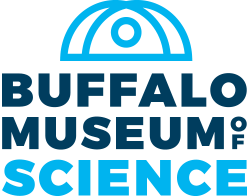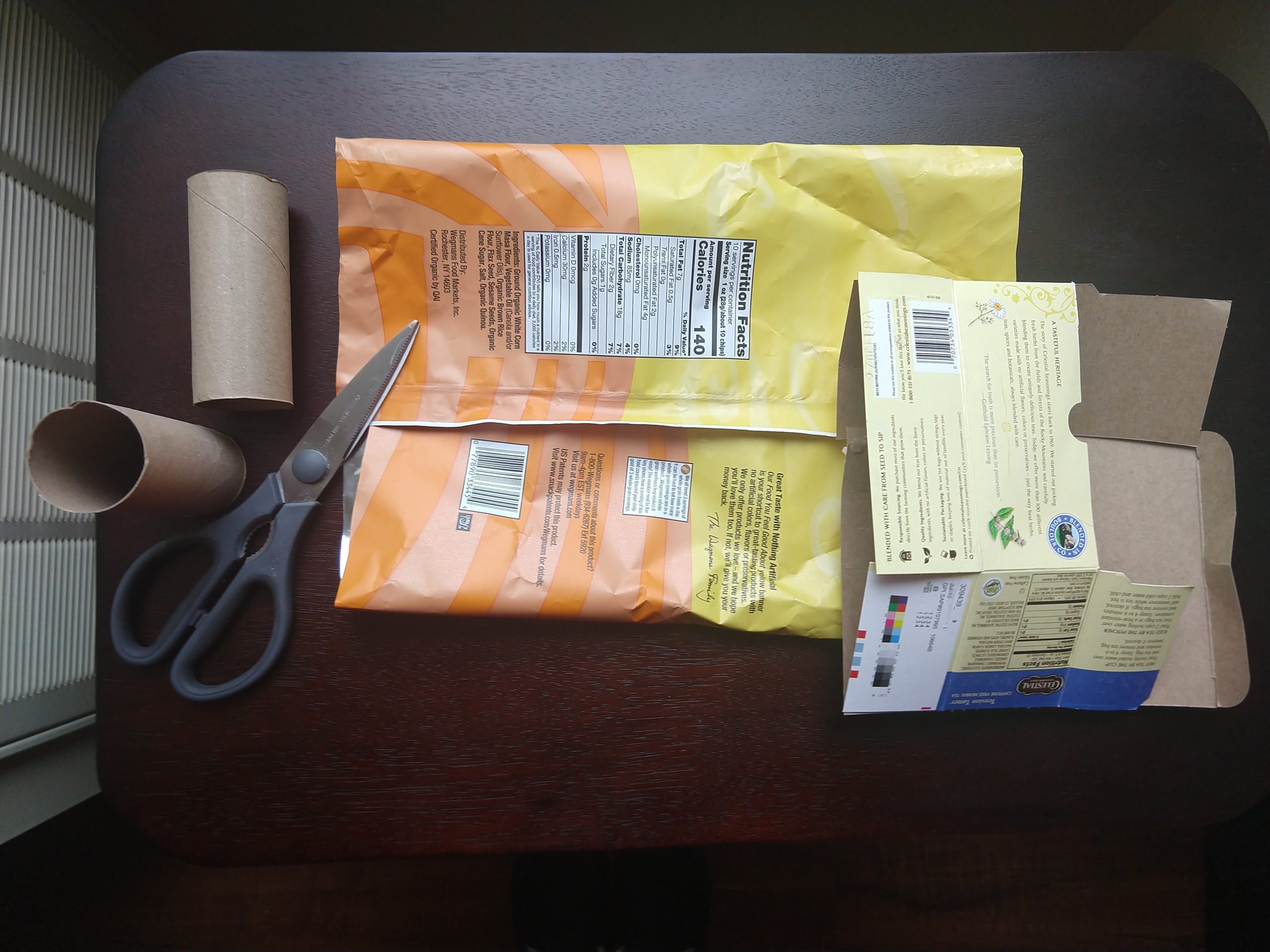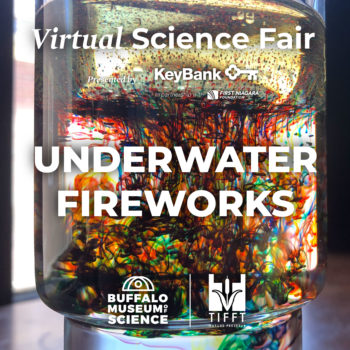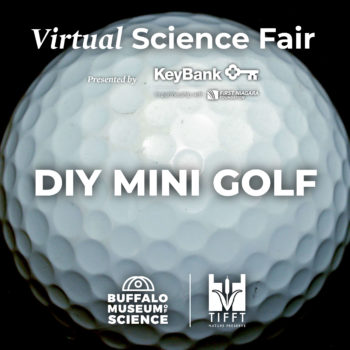Terrific Teleidoscope

Have science fun as a family! Complete activities with parental supervision.
Materials:
- Cardboard tube (toilet paper or paper towel)
- Lightweight cardboard (cereal, cracker or tissue box)
- Shiny mylar bag or aluminum foil (try the inside of a chip bag!)
- Scissors
- Tape or glue/glue stick
- Ruler
Procedure
- If you are reusing a chip bag, start by prepping the bag and getting it clean. Cut all the seams and wash with soap and water. (Grease on the bag will make it harder for tape to stick, and the reflections will be less clear).
- Measure a piece of lightweight cardboard that is as long as your tube and 4.5” wide. Cut out the cardboard rectangle.
- Using a straight edge, divide the width of your rectangle into three equal sections (draw lines 1.5” apart on the side that is 4.5” wide).
- Bend the cardboard on these lines to create your triangle shape.
- Slide your triangle into the tube to make sure it fits. If it’s too big, trim a little off the edges.
- Cut a piece of the reflective material (bag or foil) to slightly larger than your folded cardboard. Try not to wrinkle or crease your reflective material. The flatter it is, the shinier the surface will be.
- Secure the reflective material to the inside of the cardboard with tape or glue, making sure the corners are snug inside the bends. To help fit well, crease the foil before securing it to the cardboard.
- Slide the foil-lined triangle into the cardboard tube. Your optical device is complete!
- Check out things around the house by putting your eye to one end of the tube and looking through it. Gently rotate the tube. What happens to what you see?
- Be sure to take a picture or video to share in the Facebook comments on the Buffalo Museum of Science or Tifft Nature Preserve pages!
What’s it all about?
Reflection is when light bounces off a shiny surface. In a kaleidoscope or teleidoscope, the light comes in the end of the tube and bounces off of the multiple shiny surfaces inside. This makes it appear that there are more than one of each object.
You’ve probably heard of a kaleidoscope, but we’ve made a teleidoscope. So what’s the difference? Not much- the science is the same, they are just set-up a bit differently. Generally a kaleidoscope has a translucent (light can pass through) cover on the opposite end from where you put your eye and fun objects like colorful glass or beads that move around as you spin the kaleidoscope.
Try It!
- Take photos of what you see by holding the camera snug into the end of the tube where you put your eye. Share your photos with us!











